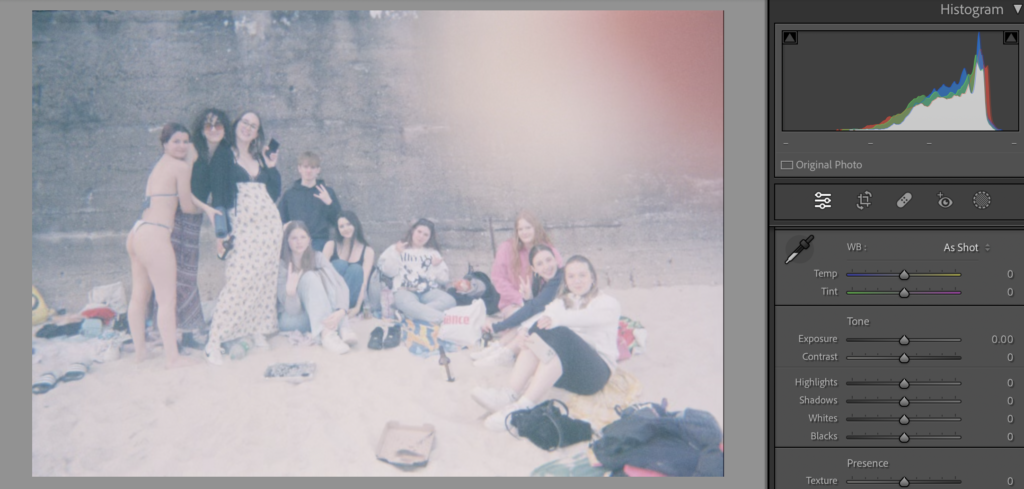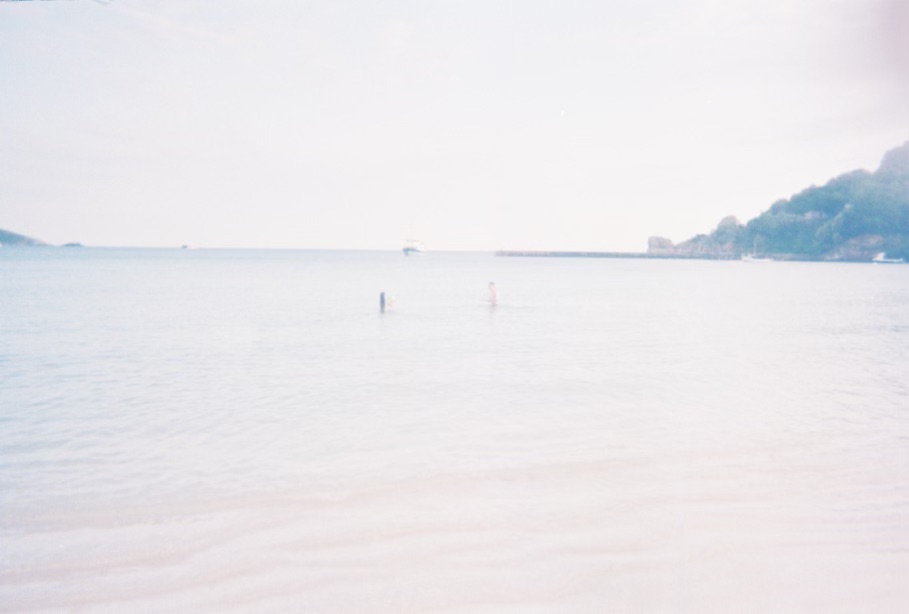“To collect photographs is to collect the world”
Susan Sontag (1971), On Photography
I am going to explore childhood through ‘nostalgia‘, I’m doing this because I used to look at my parents photo album a lot during my childhood and loved seeing the connection between my parents and how close they were with their friends and family. I would also wonder if my life would be the same as theirs if I was their age. The feeling of ‘nostalgia’ can be interpreted in many different ways. The definition behind nostalgia is a positive, wistful, or longing sentiment that one experiences when they are reminded of something from the past. The artists that I will be analysing are Yoshikatsu Fujji and Sam Harris, the reason for this is because Yoshikatsu’s book ‘ Red strings’ includes the photos of his parents when they were still together during the time Fujji was a baby. The other artist I will be analysing is Sam Harris as in his book ‘The middle of somewhere’ he uses snapshots to capture the moments with his kids before they leave their home and start to travel, the aesthetics and snapshot that Sam Harris presents in his book is the theme and technique I will be aiming to protrude in my photo book.
Yoshikatsu Fujii expresses the notion of family and relationships in their work through their images and how they presented them in the book. Yoshikatsu Fujii’s book ‘Red Strings’ refers to the divorce of his parents, he presents the book by splitting the book into two sections one for his father and the other for his mother showing two sides to his life. The book is stitched together by red strings, the Japanese theory that when someone’s born there is a red thread that is tied to them, an invisible red thread that connects two people that are destined to meet and be connected in their lives regardless of place, time, or circumstances. This red string may stretch or tangle, but never break; however for Yoshikatsu Fujii’s parents they weren’t connected by red thread or it came undone/ broke. Around 1870 the Japanese photographers travelled to Europe and the United States to learn about the new medium which then led to photography spreading quickly in Japan. The early years of photography in Japan was the desire for Japanese photographers to copy the west’s style, this was until the Japanese photographers gradually developed their experience and began to create their own style. Japanese photographer are still managing to evolve their style and techniques by exploring new themes and aesthetics. The themes found throughout the Japanese culture show the identity of the individual based on their place of birth and social group, family plays a big role in the role of the Japanese culture as they value not only their current family but generations of their ancestors.
This image I chose from Fujii’s book ‘Red Strings’ contains three people, two children and their mother. The black and white photo was taken at the beach during the day, even though the photo is in black and white you can still tell that it was taken during the day this is because you can see the light in the sky and if the photo was taken at night you wouldn’t be able to see anything unless there was a flash being used. I feel like the image being in black and white shows more depth and emotion than the image being in colour. In the image it appears as the mother is trying to show the children something by pointing to the corner which makes us curious as to what they are looking at.
The book ‘Red Strings’ was motivated by the divorce between his parents but also the love that they used to have while Fujii was growing up. The book shows how Fujii dealt with the separation of his parents and presents the strong emotions by using archived photos with letters from his parents. The cover of the book has his parent’s wedding picture stitched into the book with a red string that represents the string that used to tie his parents together, however their heads aren’t included in the photo which could indicate the divorce of his parents and how they aren’t married anymore or live the same life as before.

SAM HARRIS
Sam Harris uses snapshot aesthetic to capture the raw moments in his life with his wife and two daughters. Sam Harris’ book ‘The middle of somewhere’ shows the past memories of his daughters before they leave their home and life behind to start travelling to Australia and India. Throughout the book he mainly takes his images outside which means that his images would contain natural light from the sun, there are also some imagery of still life photos of objects like shoes, animals, letters etc and some close up shots. Sam Harris’ book is like an ongoing visual family diary as you are looking through their memories by the images and the notes they have written you can get a sense of warmth from the connection and love between his family and him. His work was to celebrate childhood, family, love and their surroundings at the time.

bibliography
Sam Harris https://www.samharrisphoto.com.au/links
Yoshikatsu Fujii https://www.membrana.org/review/yoshikatsu-fujii-red-string/

































